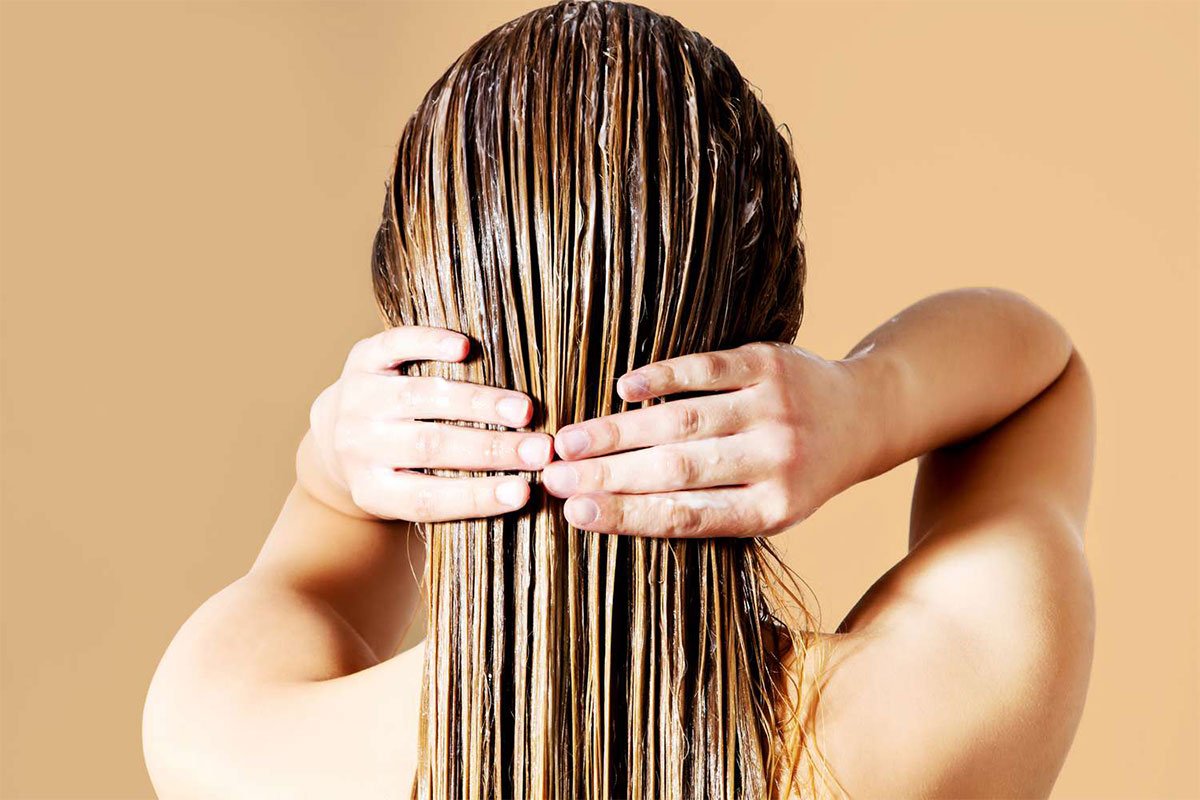Over-conditioning your hair can lead to various issues that affect its appearance and health. While conditioning is essential for maintaining moisture, shine, and manageability, too much of it can be detrimental. Here’s how to determine if you’re over-conditioning your hair, the potential effects, and how to find the right balance:
Signs of Over-Conditioned Hair:
- Greasy or Heavy Hair:
- If your hair feels greasy or heavy shortly after washing, it might be a sign of over-conditioning. This can happen when excess conditioner weighs down the hair.
- Lack of Volume:
- Over-conditioned hair often appears flat and lacks volume because the conditioner can make the hair too soft and limp.
- Product Build-Up:
- If you notice a residue or build-up on your hair or scalp, it could be due to overusing conditioner. This build-up can make your hair look dull and feel sticky.
- Limp and Lifeless Hair:
- Hair that is overly soft, limp, and lacks its natural bounce can indicate too much conditioning. It can make styling difficult and reduce the hair’s natural texture.
- Difficulty Styling:
- Over-conditioned hair can be challenging to style because it may not hold curls or other styles well, leading to frustration with your usual styling routine.
Causes of Over-Conditioning:
- Using Too Much Product:
- Applying more conditioner than necessary can lead to over-conditioning. It’s important to use the recommended amount for your hair length and thickness.
- Frequent Conditioning:
- Conditioning your hair too often, especially if it’s not needed, can result in over-conditioning. Some hair types don’t require daily conditioning.
- Heavy or Rich Conditioners:
- Using heavy or deeply moisturizing conditioners too frequently, particularly on fine or oily hair, can weigh it down and cause over-conditioning.
How to Balance Conditioning:
- Use the Right Amount:
- Follow the product instructions for the correct amount of conditioner. Typically, a coin-sized amount is sufficient for medium-length hair.
- Condition Less Frequently:
- Adjust the frequency of conditioning based on your hair type. For example, oily hair may only need conditioning a few times a week, while dry hair might benefit from more frequent conditioning.
- Focus on the Ends:
- Apply conditioner primarily to the mid-lengths and ends of your hair, where it’s most needed. Avoid applying it directly to the scalp unless you have a dry scalp.
- Choose the Right Conditioner:
- Select a conditioner suited to your hair type. Lightweight conditioners are ideal for fine or oily hair, while richer formulas are better for dry or damaged hair.
- Clarify When Needed:
- Use a clarifying shampoo once a month to remove product build-up and restore your hair’s natural balance. Be cautious not to overuse clarifying shampoos as they can strip the hair of essential oils.
Conclusion:
Over-conditioning your hair can lead to greasiness, lack of volume, product build-up, and difficulty styling. To avoid this, use the right amount of conditioner, adjust the frequency of conditioning, focus on the ends of your hair, and choose products suited to your hair type. By finding the right balance, you can maintain healthy, manageable, and beautifully conditioned hair.



